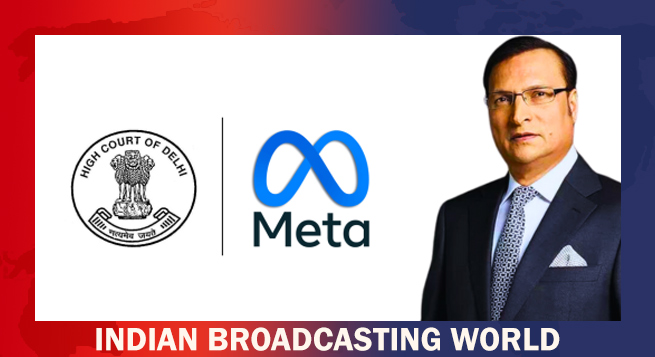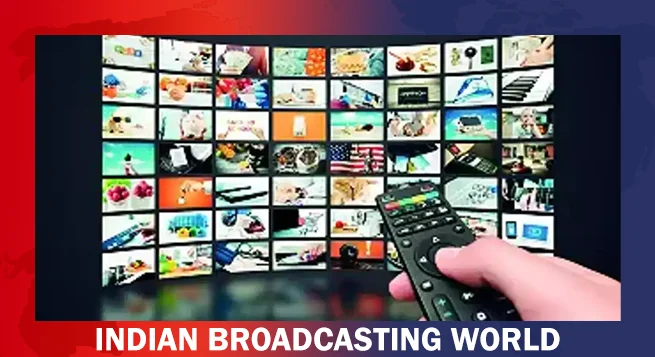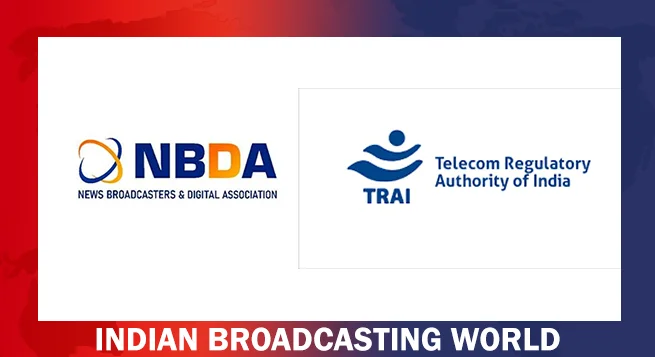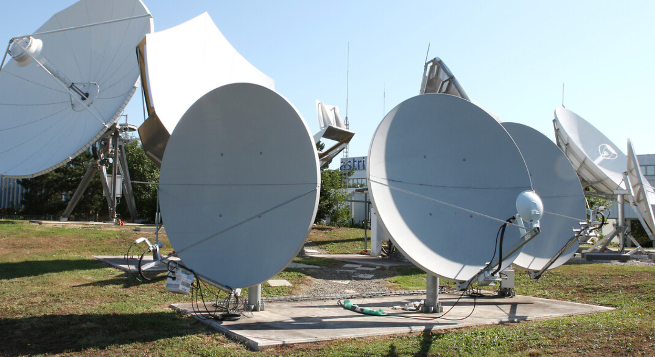By Rajiv Khattar
The difference between the connected and unconnected is still significant and data shows that nearly 60 percent of India is still not fully connected. With the pandemic we have seen the importance of the Internet penetration as it helps in bringing close to the populace in remote parts of the country a host of services like medical, financial, governmental schemes and, most importantly, education, apart from entertainment.
Satellite Internet is being looked at as the next big thing in widening the digital footprint in the country. The upcoming LEO and MEO constellations from SpaceX, OneWeb are expected to connect the unconnected as our geographical diversity makes laying and maintaining fiber connectivity an expensive and cumbersome process.
With LEO and MEO constellations expected to start their services in the coming year, there was a need to relook at the satellite earth station establishment and operation policy. The Department of Telecom ( DOT) sent a reference to TRAI seeking suggestions on likely amendments to existing policies and guidelines for establishing the satellite gateways.
Presently, the satellite gateways are operated by licensed service providers such as telcos and teleport, VSAT, HITS, DTH, NLD and ILD operators, apart fromISP services providers.
This was an appropriate time to look at the policy and conditions to establish and operate the satellite earth stations as LEO and MEO operators and inflight connectivity operators will need more than one earth station. India can provide services to the operators who are not operating here but offering services in the SAARC region.
TRAI sent its recommendations on Licensing Framework for Establishing and Operating Satellite Earth Station Gateway ( SESG) on Nov. 29, 2022 to DOT and made the process simpler and liberalized.
The main highlights of the recommendations being the following:
1 There should be a separate license for SESG and it should not be under unified license , which makes it much easier for the companies to take it and frees the SESG linkage to a licensed telecom or broadcast licensee.
2 The license for the SESG will be pan-India, enabling them to operate and establish SESGs across the nation if they wish by following the standard norms and the equipment specs as recommended by TEC.
3 The minimum equity and networth requirement has been dispensed with and this will bring in many new players.
4 The SESG will provide satellite based services to the service providers ( both telecom licensees or the broadcast service licensees) and will not provide services directly to the consumers.
5 The recommendations have an interesting clause that SESG will have to offer services to all the players in a transparent and non- discriminatory manner.
6 In an important recommendation, TRAI has asked DOT and MIB to remove the condition for licensing to establish and operate their own earth station/hub station/uplink earth station . This has an interesting twist: now DTH and HITS operators need not establish their own earth stations, but can use third party earth stations, which will remove a heavy burden and allow them to concentrate on customer services.
7 In an important twist , TRAI has recommended that there should not be any license fee charged for SESG services and there should not be a bank guarantee requirement from the licensee. This is a big step in liberalizing the SESG establishment and operations.
It will be interesting to see how DOT views these recommendations, though MIB has initiated the steps to discuss with the stakeholders the impacts from these recommendations.
It is understood that MIB has called for the views from the DTH operators as they maintain and operate earth stations of their own and will be soon asking for the views from HITS and teleport operators too.
The liberalization of establishing a SESG will bring in competition in the field of the teleport operations, which was till now a highly regulated and cumbersome business in terms of meeting the statutory requirements for the operations from the regulatory perspective.
TRAI recommendations are a step forward in ease of doing business and would contribute towards trying to make India a uplinking hub not only for the SAARC region, but to provide the services to inflight and maritime users. The recommendations will also bring down the cost of the satellite internet and the LEO and MEO constellations will be encouraged to put up multiple satellite earth station gateways in India.
(Rajiv Khattar, the author, is a media industry veteran and a consultant, specializing in tech and satellite matters. His last assignment was as the South Asia head for a global satellite company, ABS. Before that, he spent almost two decades with the Zee group in various leadership positions in Siti Cable [now Siti Networks] and Dish TV. In between, for a short while he also did a stint at Reliance Industries’ media unit. The views expressed are those of the author and Indianbroadcastingworld.com is not responsible for them, nor necessarily subscribes to them.)
 Delhi HC orders meta to remove deepfake videos of Rajat Sharma
Delhi HC orders meta to remove deepfake videos of Rajat Sharma  Govt. blocked 18 OTT platforms for obscene content in 2024
Govt. blocked 18 OTT platforms for obscene content in 2024  Broadcasting industry resists inclusion under Telecom Act
Broadcasting industry resists inclusion under Telecom Act  DTH viewing going down & a hybrid ecosystem evolving: Dish TV CEO
DTH viewing going down & a hybrid ecosystem evolving: Dish TV CEO  New adventure of detective Feluda debuts on Hoichoi Dec. 20
New adventure of detective Feluda debuts on Hoichoi Dec. 20  ‘Pushpa 2’ breaks records as most watched film of 2024: BookMyShow Report
‘Pushpa 2’ breaks records as most watched film of 2024: BookMyShow Report  Hungama OTT unveils ‘Pyramid’
Hungama OTT unveils ‘Pyramid’  Amazon MX Player to premiere ‘Party Till I Die’ on Dec 24
Amazon MX Player to premiere ‘Party Till I Die’ on Dec 24  aha Tamil launches ‘aha Find’ initiative with ‘Bioscope’
aha Tamil launches ‘aha Find’ initiative with ‘Bioscope’  Netflix India to stream WWE content starting April 2025
Netflix India to stream WWE content starting April 2025 








